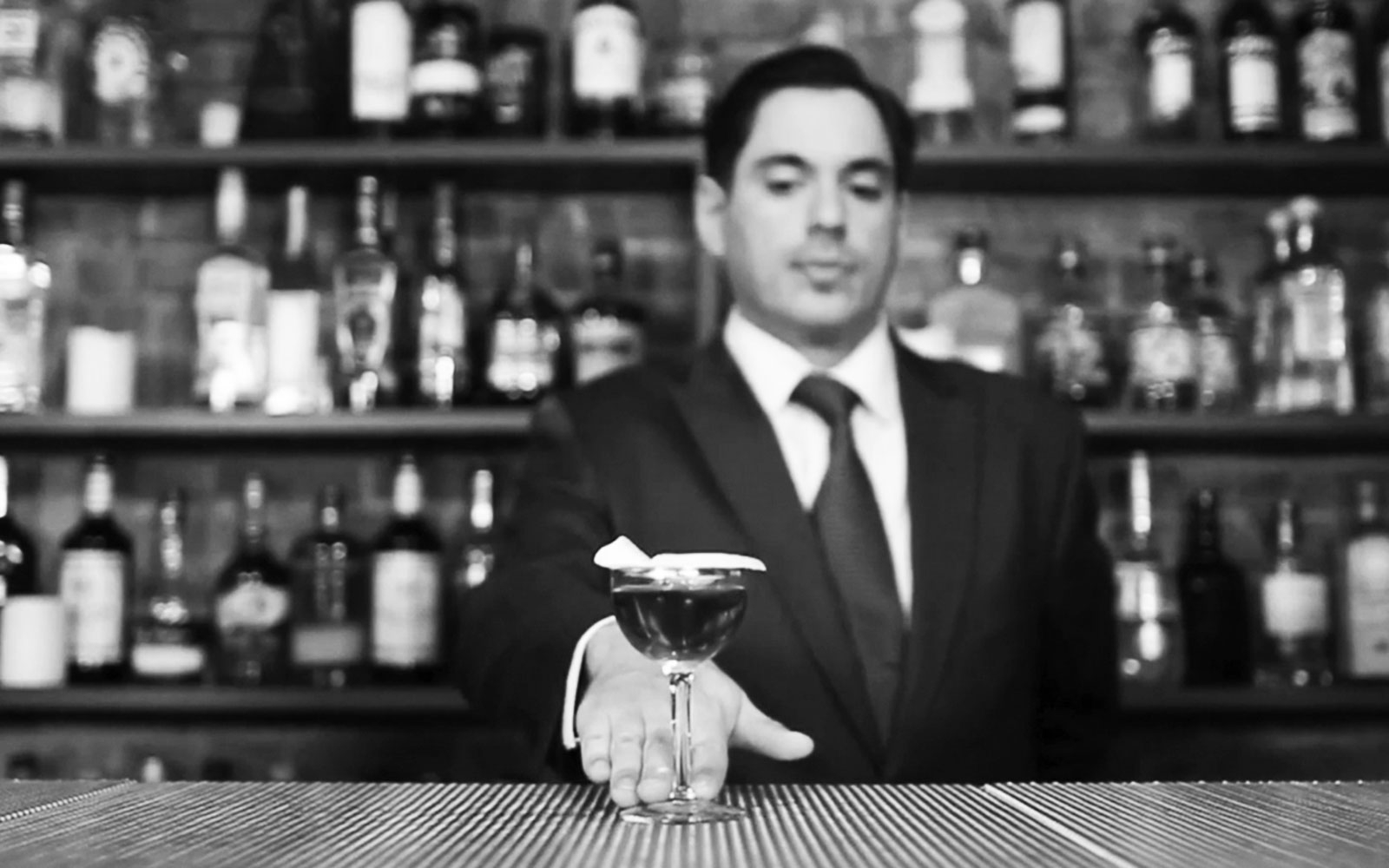
The founder of Milk & Honey, who died last week at 42, launched a movement that influenced bars in every corner of the globe.
When the original Milk & Honey bar opened on the Lower East Side on the last day of 1999, it was the beginning of a quiet revolution for cocktail lovers, one that can still be felt today. There was no sign outside, and inside the speakeasy, old-timey 1920s music was playing—but not ironically. The drinks themselves were straight-up classics, with every detail correct. Civilized conversation ruled and there were just 20 seats. Getting the unpublished number to make a reservation was a major coup.
The man who created the trend-setting Milk & Honey and other bars, Sasha Petraske, died unexpectedly at 42 last week at his home in Hudson, New York. The New York Times reported that he was found by his wife, Georgette Moger, and that the cause of death was unknown.
It was a blow to a generation of cocktail aficionados who were his friends and colleagues, and who were influenced by his low-key excellence, bringing it around the country and around the world. Well-regarded mixologist Audrey Saunders, the founder of New York’s Peju Club, wrote in an email, “I'm so filled with grief at this time that I have no words.”
At the time of his death, Petraske was trying to find a new space for the New York City Milk & Honey; it had moved from Eldridge Street to 23rd Street in 2013, but lost its lease a year later. (The original space became Attaboy, run by two of the Milk & Honey bartenders).
But he co-founded a London version in 2002 that is still going strong, and he was a partner in several other New York bars (Middle Branch, Little Branch, Dutch Kills) as well as Varnish in Los Angeles. He co-founded the San Antonio Cocktail Conference in 2012, and he was working on setting up a new bar in Red Hook, Brooklyn.
Petraske was a native New Yorker, a high-school dropout, and served in the Army for three years. But his real habitat was the bar. He told Eater NY last year that he had never had a hangover in his life.
While there was interest in classic cocktail recipes in the ‘90s, a bricks-and-mortar haven to enjoy them properly was something else. “You can pinpoint the start of the authentic cocktail revolution in New York to the moment he put boots on the ground at Milk & Honey,” said Allen Katz, a cocktail educator, consultant and the founder of Brooklyn’s New York Distilling Company. Petraske was just 26 at the time, and back then the cocktail brigade was led by a much older generation, including the Rainbow Room’s Dale DeGroff.
Petraske was publicity shy. “Sasha wasn’t into awards and recognition,” said Katz. “He led by demonstration. He never said his was the best way or the only way.” The music he played wasn’t just to set the mood—it was what he happened to like to listen to himself. And the same went for his vintage suits.
According to another friend, the prolific cocktail author and Esquire columnist David Wondrich, when it came to what was in the glass, Petraske “kept things very simple, as opposed to the most recent generation, where everything gets complex. His drinks were simple riffs on the classics, but impeccably executed. They didn’t wave their hands in the air.”
And Wondrich added that Petraske’s pared-down approach was evidence that you didn’t need to spend thousands on consultants and elaborate design to create a great experience at a bar. “It was by necessity at first, but it worked,” Wondrich said. “He showed the way.”